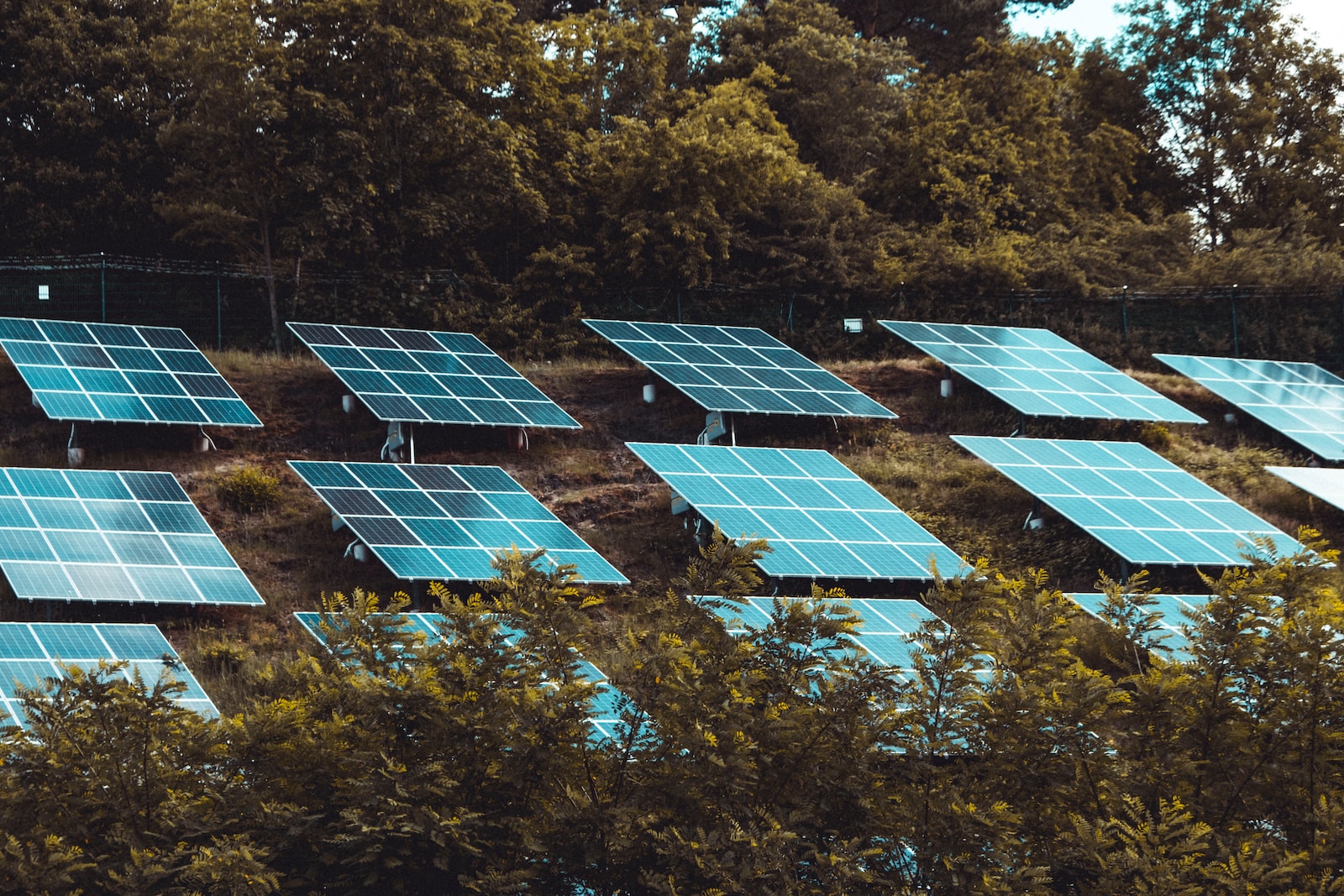Key Takeaway:
When four 100-watt solar panels are connected in parallel, the total wattage produced remains at 100 watts. However, the current capacity increases, allowing for more energy production and improved efficiency.
Solar energy has become increasingly popular as a clean and renewable source of power. Solar panels, the key component of solar energy systems, convert sunlight into usable electricity. If you’re considering installing solar panels or already have them, you might be wondering how many watts can be produced when multiple panels are connected in parallel. In this article, we’ll explore the technical aspects of solar panels, the significance of wattage, the difference between series and parallel connections, and how to calculate the total wattage when panels are connected in parallel.
Understanding Wattage:
Before we dive into parallel connections, let’s quickly understand what watts are and their significance in solar panel systems. Watts (W) measure the amount of power a solar panel can produce under standard test conditions. It indicates the rate at which energy is generated and is an essential unit for comparing different solar panels. In simple terms, the higher the wattage, the more electricity a panel can generate.
Series vs. Parallel Connection:
When it comes to connecting solar panels, two common methods are series and parallel connections. In a series connection, the positive terminal of one panel is connected to the negative terminal of the next panel, creating a chain. This increases the total voltage output while keeping the current capacity the same. On the other hand, a parallel connection involves connecting the positive terminals of all panels together and the negative terminals together. This configuration keeps the voltage constant but increases the total current capacity.
Parallel Connection of Solar Panels:
Now that we understand the basics, let’s focus on parallel connections. When solar panels are connected in parallel, the positive terminals are connected to each other, and the negative terminals are connected as well. This configuration allows each panel to operate independently while contributing to the overall output. In practical terms, it means that the voltage remains the same, but the total current capacity increases.
Calculating Total Wattage:
To determine the total wattage when multiple solar panels are connected in parallel, you simply add up the individual wattages. In the case of four 100-watt solar panels connected in parallel, the total wattage remains at 100 watts. However, the current capacity quadruples, resulting in increased energy production. This parallel configuration enhances the overall system efficiency, especially in cases where shading or obstructions affect some panels while others continue to generate electricity.
Benefits and Considerations:
Connecting solar panels in parallel offers several advantages. First, it increases the current capacity, allowing for more energy production. This is particularly beneficial in situations where shading or dirt can affect the performance of individual panels. Additionally, parallel connections provide a more robust system, as the failure of one panel does not impact the output of the others. It also simplifies the installation process, as you can add panels to the system without rewiring the entire setup.
However, there are a few considerations to keep in mind. When panels are connected in parallel, the voltage remains the same, which means the system might not be able to generate enough power for high-voltage applications. Additionally, connecting a large number of panels in parallel can lead to increased wiring complexity and potentially higher costs. It’s essential to consult with a professional solar installer to determine the optimal configuration based on your specific energy needs and constraints.
FAQ:
Q: Can I connect panels with different wattages in parallel?
A: It is generally recommended to connect panels with the same wattage in parallel to ensure optimal performance. Mixing panels with different wattages can lead to imbalances in the system, as the panel with the lowest wattage will determine the overall output.
Q: Can I connect panels with different voltages in parallel?
A: Connecting panels with different voltages in parallel is not recommended, as it can result in voltage imbalances and potential damage to the panels and the overall system. It’s best to use panels with the same voltage rating for parallel connections.
Q: How do I determine the best configuration for my solar panel system?
A: The optimal configuration depends on various factors, including your energy needs, available roof space, shading conditions, and budget. It’s advisable to consult with a professional solar installer who can assess your specific requirements and design a system that maximizes efficiency and output.
In conclusion, when four 100-watt solar panels are connected in parallel, the total wattage remains at 100 watts. However, the current capacity increases, resulting in improved energy production and system efficiency. Parallel connections offer benefits such as increased current capacity, robustness, and simplified installation. However, it’s important to consider voltage limitations and consult with a professional to ensure the optimal configuration for your solar panel system. Embrace the power of solar energy and make a positive impact on the environment while enjoying the benefits of renewable electricity.



